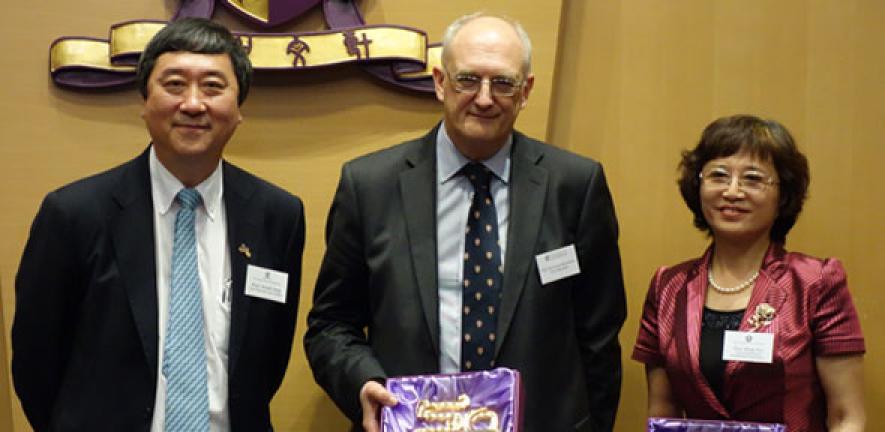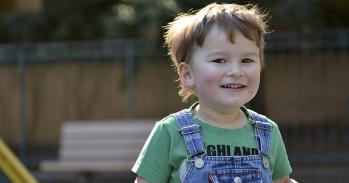
Research collaboration to explore whether autism is currently underdiagnosed; pilot study suggests one per cent of Chinese population has autism
Research collaboration to explore whether autism is currently underdiagnosed; pilot study suggests one per cent of Chinese population has autism
By adopting standardised study methodology and instruments, we can compare the results with Western countries and obtain a better understanding of the current situation of this condition in China.
Dr Sophia Xiang Sun
Researchers from the University of Cambridge, the China Disabled Persons’ Federation (CDPF) and the Chinese University of Hong Kong (CUHK) met today to launch a new collaborative study into the prevalence of autism in mainland China.
Autism Spectrum Conditions (ASC) affect one per cent of the general population in Western countries. However, it is unclear as to whether autism is as prevalent in China. A pilot study conducted by the University of Cambridge’s Autism Research Centre and Cambridge Institute of Public Health suggests that autism in China is currently under-diagnosed and may be in line with Western countries at one per cent. This collaboration will enable Cambridge, CDPF and CUHK to determine whether a one per cent estimate also applies to China.
At the discussions were the University of Cambridge’s Vice-Chancellor Professor Sir Leszek Borysiewicz, the Chinese University of Hong Kong’s Vice-Chancellor Professor Joseph Sung (pictured left) and Director-General of Rehabilitation Department of CDPF Professor Hong You (pictured right).
If it is confirmed that China has the same prevalence rate as Western countries, an astonishing 14 million people could have the condition. The researchers argue that a correct estimate of the number of people affected will enable better care and planning for these individuals.
This collaborative project is led by Dr Sophia Xiang Sun, who recently completed her PhD in Cambridge and has joined CUHK in the School of Public Health and Primary Care. With the funding support from CDPF and CUHK, the project will entail a large epidemiological study involving 250,000 people across 14 cities within 14 provincial regions in mainland China. The aim of the research is to implement the validated techniques from the pilot to whole populations to provide key estimates on the prevalence of ASC, and to build capacity in research and appropriate clinical and social support services in China.
Dr Sophia Xiang Sun said: “This is an important new study. Previous research into the autism spectrum in China has mainly focused on the most severe subtype, childhood autism. That may partly explain the low prevalence previously reported. By adopting standardised study methodology and instruments, we can compare the results with Western countries and obtain a better understanding of the current situation of this condition in China.”
This work is licensed under a Creative Commons Licence. If you use this content on your site please link back to this page.





